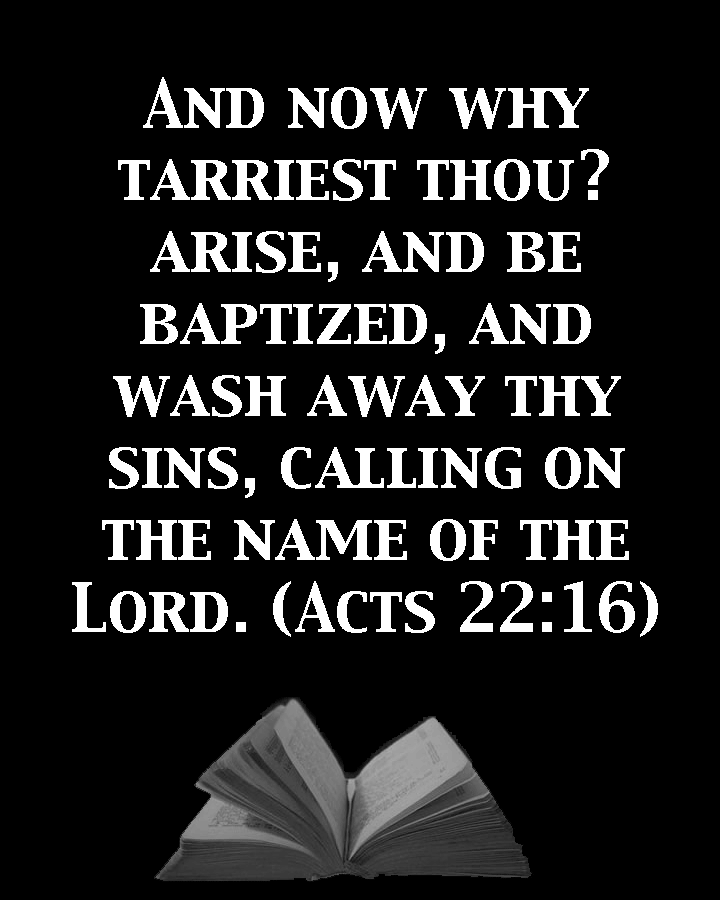Cecil Hutson Sermon Archive
May 11, 2008 PM
THE BARREN FIG TREE, AND...
MK 11:12-22
INTRO: The incident recorded in our text has been considered one of those "most difficult" passages in the gospel records. Critics look at this incident and rail against the unreasonableness of Jesus. "Why curse an inanimate, harmless object like a fig tree?" Others flounder to give some explanation of this strange behavior of the Lord, and one finds numerous "possible" explanations. It seems to me, however, that this is a dramatic object lesson. It was not all that unusual for prophets in the Old Testament to use such "real life object lessons" to convey their messages. With that in mind I see Jesus conveying to His disciples a very important message concerning Judaism which was certainly symbolized by the temple. Please think through this incident with me.
-
THE IMMEDIATE FEATURES BEFORE US
- First, Mk 11:11 - Sunday Jesus "looked round about" in the temple
- On Monday morning He sought figs from the fully leafed tree - found none
- On Monday morning He "cursed" the fig tree for its barrenness
- On Monday He cleansed the temple
- On Tuesday they saw the "dried up" fig tree
- It is my contention that the fig tree event and temple cleansing are "joined"
-
THE BARREN FIG TREE
-
It was fairly early in the morning as the short trip to Jerusalem began
- customarily, breakfast would be eaten late in the morning
- so, probably no breakfast had been eaten by Jesus and the disciples
- "He was hungry" - we must remember the humanity of Jesus
-
Mark tells us "for the time of figs was not yet"
- this little detail helps us see the situation for what it was
- McGarvey notes two varieties of figs: one for May/June - one for August
- that this tree may have had ideal shelter, conditions we could assume
-
But figs usually came on the tree before the leaves
- so, the expectation of fruit was not all that exceptional!
- a fig tree with fully developed leaves should have had some fruit
- thus, Jesus spoke to the tree - Mk 11:14 (the "curse" as Peter called it)
-
What we can correctly conclude?
- there was promise ... but no performance
- there was beauty ... but no substance
- this was condemnation in the absence of what should have been
-
It was fairly early in the morning as the short trip to Jerusalem began
-
IMMEDIATELY MARK TAKES US TO THE CLEANSING OF THE TEMPLE
-
What Jesus did coming from Bethany was a picture of what He did in temple
- the temple represented Judaism with all its ceremonies, rituals, feasts
- the temple and Judaism should have offered hope and security
- the temple offered beauty and promise ... but no performance, substance!
-
What Jesus found at the temple?
- Mk 11:15 - buying, selling, money changing - commerce
- this practice had doubtless begun as a convenience for worshipers
- travelers from distant places came to worship - needing animals for sacrifice, temple tax money (Greek, Roman money not accepted for the tax)
- but Mk 11:17b - "ye have made it a den of thieves"
- the graft, the exorbitant rates, etc. were filling the pockets of Annas and his family
- Mk 11:16 - temple court had become a shortcut between streets!
- what should have been a place of promise was empty of the promise
-
Mk 11:17 - "My house shall be called of all nations the house of prayer"
- Isa 56:7 - the God given purpose had long been lost
- and the court of the Gentiles was just a big market place!
- yes, all the "forms" and "formality" were there ... but no substance
- Judaism offered no fruit - see Jno 15:8
- are we offering promise without performance? Without fruit?
-
What Jesus did coming from Bethany was a picture of what He did in temple
-
THE "FIG TREE DRIED UP FROM THE ROOTS"
- Mk 11:21 - It was Peter who called attention to the dead tree
-
Mk 11:22 - Jesus responded, "Have faith in God"
- here was the reason of the "emptiness" of Judaism - faithlessness
- take away faith and there can be the forms, the rituals - but just that
- such can happen even in the church of our Lord - Rev 3:1
CLOSE: Jesus went on to teach a great lesson about prayer and the need for faith in praying. But that withered fig tree cannot be forgotten ... the fate of religion which offers much ... and delivers little. The fate of discipleship which has such promise ... but while has so little performance.
Cecil A. Hutson
11 May 2008
God's Plan of Salvation
You must hear the gospel and then understand and recognize that you are lost without Jesus Christ no matter who you are and no matter what your background is. The Bible tells us that “all have sinned, and come short of the glory of God.” (Romans 3:23) Before you can be saved, you must understand that you are lost and that the only way to be saved is by obedience to the gospel of Jesus Christ. (2 Thessalonians 1:8) Jesus said, “I am the way, the truth, and the life: no man cometh unto the Father, but by me.” (John 14:6) “Neither is there salvation in any other: for there is none other name under heaven given among men, whereby we must be saved.” (Acts 4:12)
You must believe and have faith in God because “without faith it is impossible to please him: for he that cometh to God must believe that he is, and that he is a rewarder of them that diligently seek him.” (Hebrews 11:6) But neither belief alone nor faith alone is sufficient to save. (James 2:19; James 2:24; Matthew 7:21)
You must repent of your sins. (Acts 3:19) But repentance alone is not enough. The so-called “Sinner’s Prayer” that you hear so much about today from denominational preachers does not appear anywhere in the Bible. Indeed, nowhere in the Bible was anyone ever told to pray the “Sinner’s Prayer” to be saved. By contrast, there are numerous examples showing that prayer alone does not save. Saul, for example, prayed following his meeting with Jesus on the road to Damascus (Acts 9:11), but Saul was still in his sins when Ananias met him three days later (Acts 22:16). Cornelius prayed to God always, and yet there was something else he needed to do to be saved (Acts 10:2, 6, 33, 48). If prayer alone did not save Saul or Cornelius, prayer alone will not save you. You must obey the gospel. (2 Thess. 1:8)
You must confess that Jesus Christ is the Son of God. (Romans 10:9-10) Note that you do NOT need to make Jesus “Lord of your life.” Why? Because Jesus is already Lord of your life whether or not you have obeyed his gospel. Indeed, we obey him, not to make him Lord, but because he already is Lord. (Acts 2:36) Also, no one in the Bible was ever told to just “accept Jesus as your personal savior.” We must confess that Jesus is the Son of God, but, as with faith and repentance, confession alone does not save. (Matthew 7:21)
Having believed, repented, and confessed that Jesus is the Son of God, you must be baptized for the remission of your sins. (Acts 2:38) It is at this point (and not before) that your sins are forgiven. (Acts 22:16) It is impossible to proclaim the gospel of Jesus Christ without teaching the absolute necessity of baptism for salvation. (Acts 8:35-36; Romans 6:3-4; 1 Peter 3:21) Anyone who responds to the question in Acts 2:37 with an answer that contradicts Acts 2:38 is NOT proclaiming the gospel of Jesus Christ!
Once you are saved, God adds you to his church and writes your name in the Book of Life. (Acts 2:47; Philippians 4:3) To continue in God’s grace, you must continue to serve God faithfully until death. Unless they remain faithful, those who are in God’s grace will fall from grace, and those whose names are in the Book of Life will have their names blotted out of that book. (Revelation 2:10; Revelation 3:5; Galatians 5:4)

